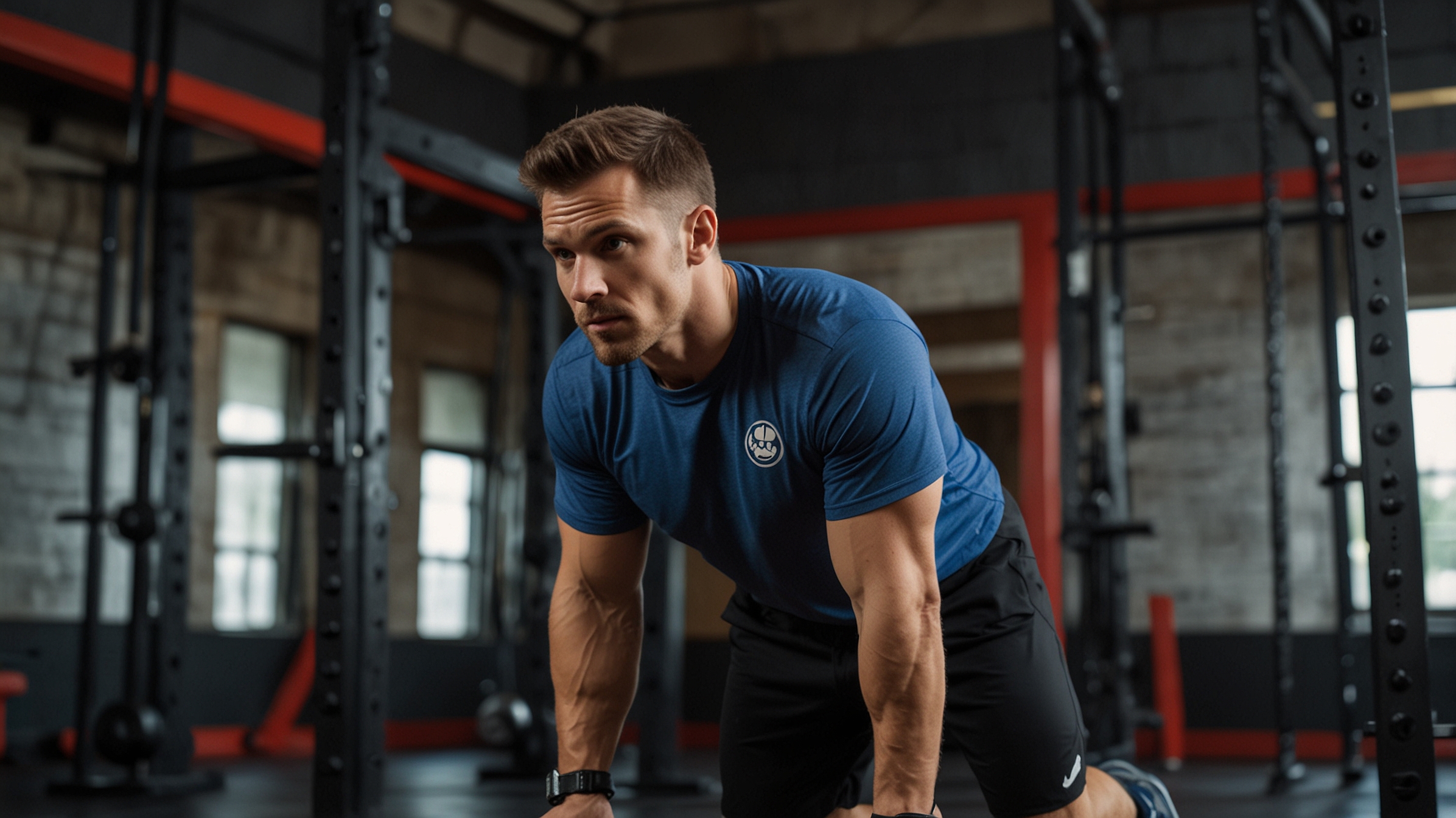In today’s world of flashy workouts and aesthetic goals, it’s easy to forget the real reason we move our bodies: to live better. Enter functional fitness—a form of exercise that trains your muscles to work together in preparation for real-life activities. Whether it’s lifting groceries, climbing stairs, getting off the floor, or playing with your kids, functional fitness is about building strength, mobility, and balance that actually serves your day-to-day life.
Functional fitness doesn’t rely on gimmicks or fancy equipment. Instead, it focuses on purposeful movement patterns—think squats, pushes, pulls, and twists—that mimic the way we naturally move. It’s a smart and sustainable way to build a resilient body, reduce injury risk, and support healthy aging.
Why Functional Fitness Matters
Traditional strength training often isolates individual muscles (like bicep curls or leg extensions), which is fine for building strength or size in specific areas. Functional fitness, on the other hand, takes a holistic approach—engaging multiple muscle groups at once to promote coordination, core stability, and full-body control.
This approach has real-world benefits, including:
- Improved balance and coordination
- Reduced risk of falls and injury
- Increased range of motion
- Better posture and joint health
- More energy for daily tasks
For older adults, functional training can preserve independence. For athletes, it boosts performance. And for everyone, it simply makes life easier and more enjoyable.
The Foundations of Functional Movement
At the core of functional fitness are seven fundamental movement patterns:
- Squat – Sitting and standing, picking something up from the ground.
- Hinge – Bending at the hips, like when lifting a laundry basket.
- Lunge – Walking, climbing stairs, or kneeling.
- Push – Pushing open a door or lifting a child overhead.
- Pull – Opening drawers, pulling objects toward you.
- Rotate – Twisting to grab something behind you.
- Gait – Walking, jogging, or running.
Functional workouts integrate these movements into exercises that strengthen the muscles used in daily life while also enhancing flexibility, balance, and endurance.
Functional Exercises to Try
Here are a few simple functional exercises you can incorporate into your weekly routine. No gym? No problem. These moves require little to no equipment and can be done at home:
1. Bodyweight Squats
- What it trains: Glutes, quads, hamstrings, and core.
- Why it helps: Builds the strength to sit and stand with ease.
- Tip: Keep your chest up and push through your heels.
2. Deadlifts (with dumbbells or a kettlebell)
- What it trains: Hamstrings, glutes, lower back, and core.
- Why it helps: Mimics picking up heavy items safely.
- Tip: Hinge at the hips, not the back, and keep the weight close to your body.
3. Step-Ups
- What it trains: Quads, glutes, and balance.
- Why it helps: Builds strength for climbing stairs or stepping onto curbs.
- Tip: Use a stable bench or stair and alternate legs.
4. Push-Ups (or incline push-ups)
- What it trains: Chest, shoulders, triceps, and core.
- Why it helps: Improves upper body pushing strength for real-world tasks.
- Tip: Start with incline or knee push-ups if needed.
5. Rows (with resistance bands or dumbbells)
- What it trains: Upper back, biceps, and posture muscles.
- Why it helps: Balances out push movements and supports spinal health.
- Tip: Keep your back straight and pull shoulder blades together.
6. Bird-Dog
- What it trains: Core, balance, and coordination.
- Why it helps: Strengthens the muscles that support your spine.
- Tip: Keep your back flat and move slowly for control.
7. Farmer’s Carry
- What it trains: Grip, core, shoulders, and posture.
- Why it helps: Builds the strength to carry groceries or suitcases.
- Tip: Hold a weight in each hand and walk with control.
How to Build a Functional Routine
You don’t need to overhaul your entire workout schedule to reap the benefits. A functional fitness routine can be done 2–3 times a week and may include:
- Warm-up: 5–10 minutes of dynamic stretching or light cardio
- Main set: 5–7 compound movements (like those listed above), 2–3 sets of 8–12 reps
- Cool-down: Gentle stretching and mobility work
Functional training pairs well with walking, yoga, or low-impact cardio for a well-rounded approach to fitness.
Functional Fitness and Healthy Aging
As we age, muscle mass naturally declines, balance becomes more fragile, and mobility can decrease. Functional fitness slows this decline by preserving muscle strength, joint range of motion, and stability. It’s not about lifting heavy—it’s about staying capable, confident, and mobile for life.
Research shows that older adults who engage in strength and balance training are less likely to fall and more likely to maintain independence. It’s never too late to start.
Final Thoughts: Move With Purpose
Functional fitness is more than a trend—it’s a philosophy of movement that emphasizes real-life strength over artificial goals. It’s not about how much you lift or how many reps you can do. It’s about being able to chase your kids around, lift a suitcase without back pain, or get off the floor with ease.
Whether you’re new to exercise or looking to train smarter, functional fitness offers a simple yet powerful approach: move the way life moves. Train for it—and you’ll feel stronger, more capable, and ready for whatever comes your way.





